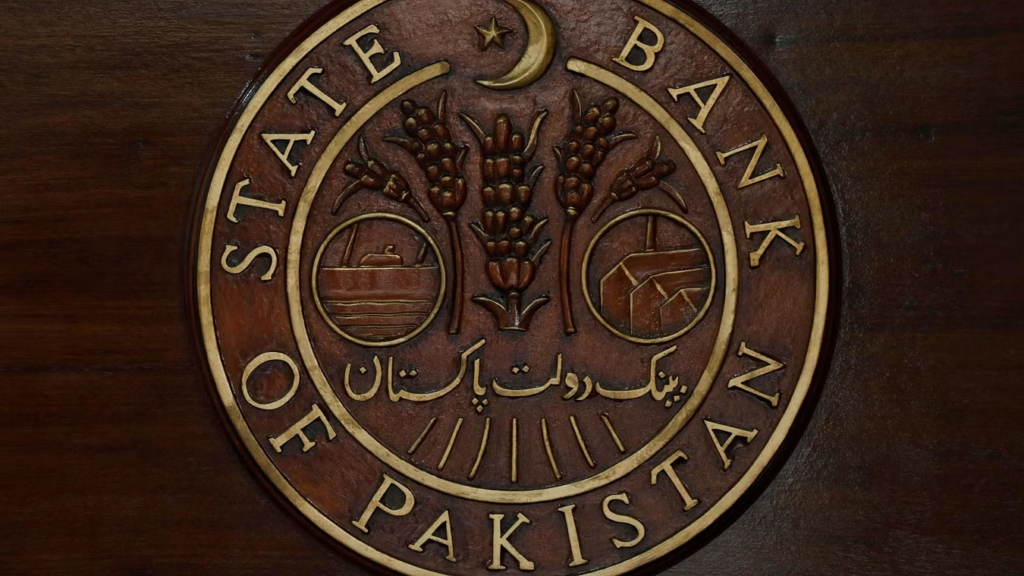
Pakistanis are grappling with a surging cost of living, with the Asian Development Bank (ADB) reporting the country now has the highest living costs in all of Asia. This alarming news comes amidst a 25% inflation rate, putting a significant strain on household budgets.
In a recent report by the Asian Development Bank (ADB), Pakistan emerged with the highest living costs in all of Asia. With an inflation rate soaring at 25%, Pakistan’s economy may witness sluggish growth, projected at merely 1.9%, ranking among the lowest in the region.
The ADB forecasted a grim outlook for the upcoming fiscal year, predicting a staggering 15% inflation rate and a modest 2.8% growth rate for FY2024-25, both standing as some of the highest and lowest figures respectively among 46 countries.
Despite efforts by the State Bank of Pakistan (SBP) and the federal government to curb inflation, the nation seems poised to miss its target of 21%. Moreover, the report highlighted a concerning trend of stagflation, with economic growth stagnating amidst soaring prices.

The situation is exacerbated by political uncertainties affecting macroeconomic policy-making, posing risks to stabilization efforts. External financing remains crucial, with the ADB stressing the importance of IMF support and policy implementation to bolster market sentiment and attract affordable external financing.
Furthermore, the report underscores challenges in sustaining reforms, notably in fiscal management and debt servicing. Fiscal revenues are weak, with a significant portion allocated to interest payments, constraining budget flexibility.

Recovery Or More Decline?
While factors such as improved crop output and manufacturing are driving signs of recovery in the economy, policymakers deem sustained policy reforms imperative to consolidate gains and strengthen fiscal and external buffers
However, amidst these economic challenges, Pakistan’s currency faces pressure from its neighbors, particularly Afghanistan, where the Afghani has appreciated against the Pakistani rupee, potentially impacting inflation dynamics.
Despite these daunting economic prospects, the ADB emphasizes the potential for revenue mobilization through tax reforms and anticipates a transition towards a market-determined exchange rate to enhance resilience against external shocks.
The high inflation rate translates to everyday essentials becoming more expensive for Pakistanis. This can lead to a decrease in purchasing power and a decline in living standards. The ADB report serves as a stark reminder of the economic difficulties Pakistan is facing and the need for potential solutions.


[…] Also See: Pakistan Now Faces Highest Living Costs in Asia, ADB Reports […]
[…] Also See: Pakistan Now Faces Highest Living Costs in Asia, ADB Reports […]